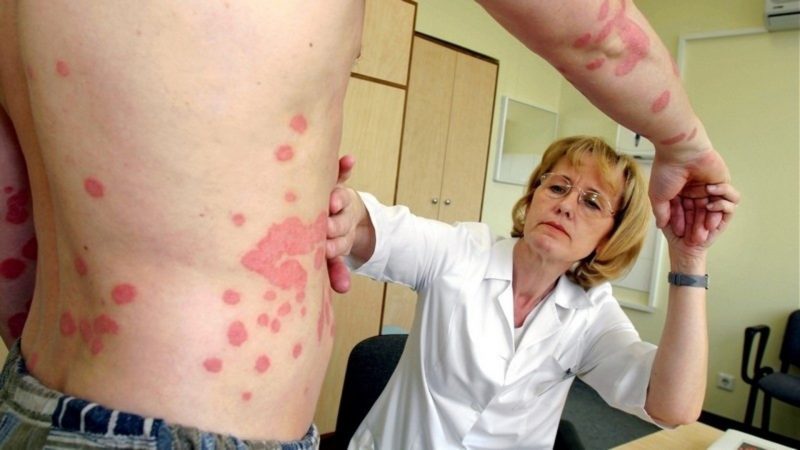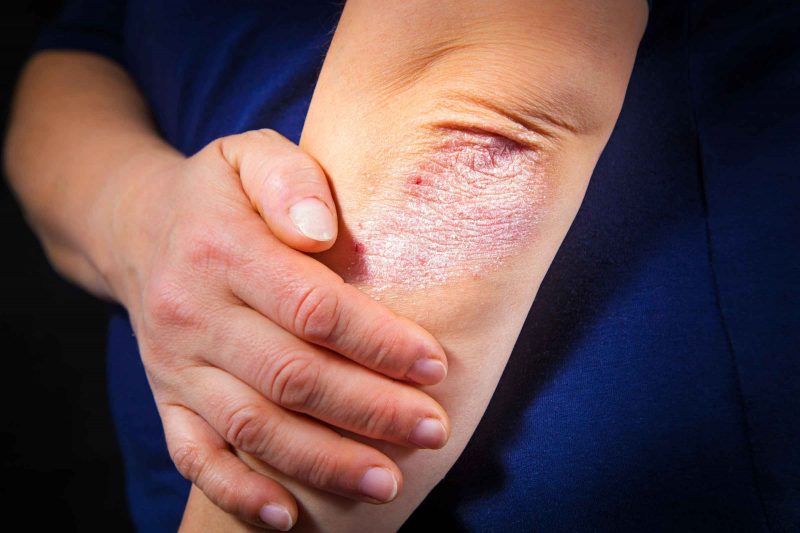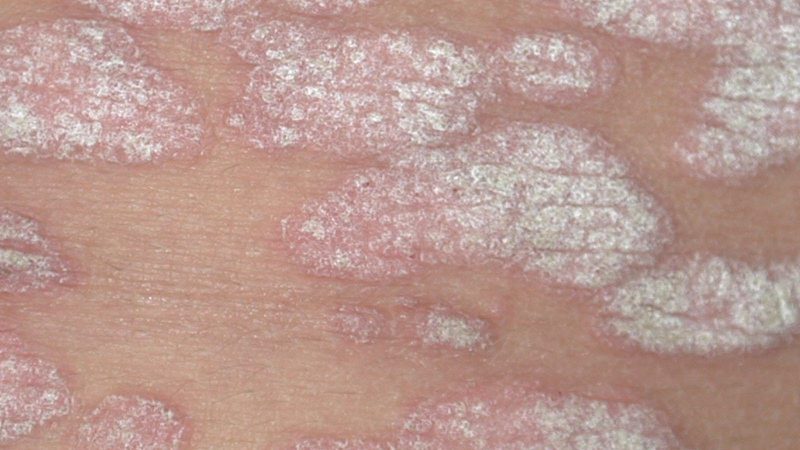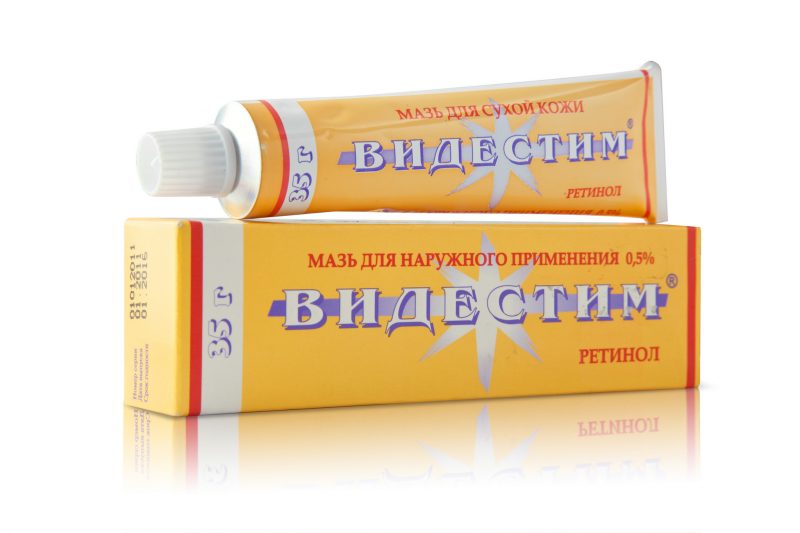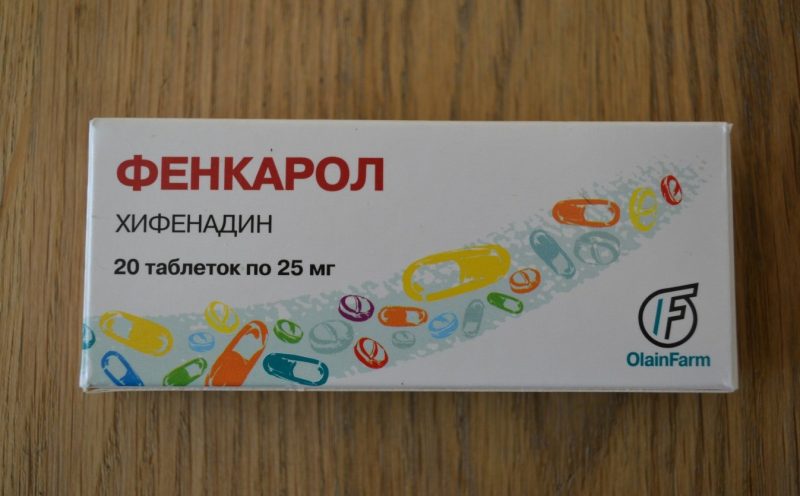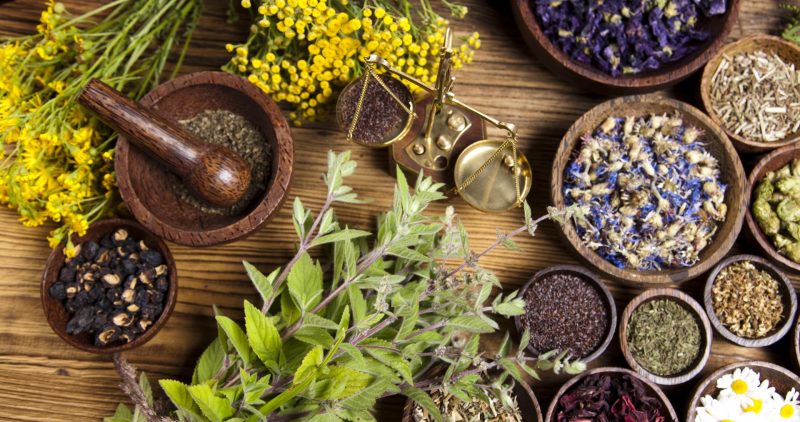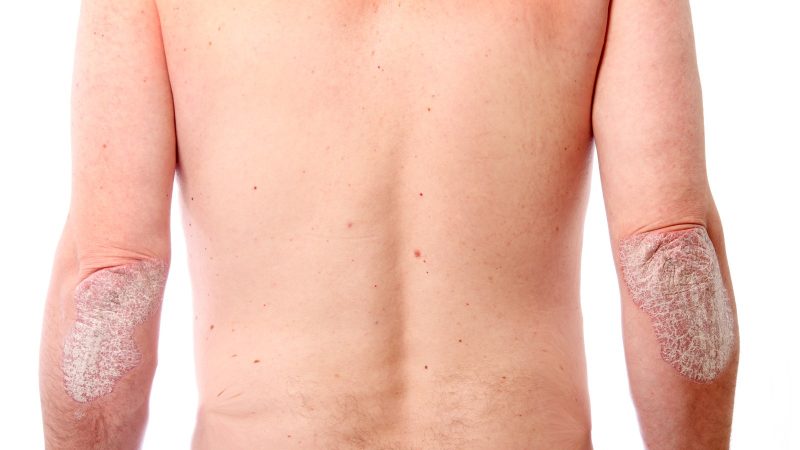This dermatosis occurs as a result of metabolic and autoimmune disorders in the body. The treatment of psoriasis is complicated by the chronic course of the inflammatory process, as well as relapses in violation of the diet and stress. Rashes are non-infectious in origin, not contagious.
Material Content:
What is psoriasis and its causes
“Dashing” has long been considered misery and suffering. And among the people, several types of skin lesions are called "lichen". The fungus of the scalp is ringworm, herpes zoster is herpes zoster, psoriasis is scaly, scab. Common to such pathologies is the appearance of a rash, a deterioration in the quality of life. However, psoriasis is different in that it is not contagious to others. And despite this, the disease affects from 2.5 to 11% of the population.
The causes of psoriasis are various.
So, the inflammatory process develops as a result of:
- genetic predisposition;
- metabolic disorders;
- pathologies of the endocrine system;
- and other factors.
The peculiarity of the pathology is that epidermal cells turn into horny scales in 3 to 7 days, instead of 4 to 5 weeks at a young age or 8 to 9 weeks in the elderly. The process is caused by excessive activity of immune cells.
Psoriasis is first diagnosed at a young age, but can occur in adulthood. The hereditary nature is proven in the course of research. The likelihood of scaly lichen in a child whose parents are healthy is less than 5%.If one of the parents has psoriasis, then the risk of this disease in children is 15–25%. When scaly lichen in both parents, the same skin lesion develops in the child in 60 - 75% of cases.
Symptoms and signs in adults and children
Pathological processes occur in the skin cells even before the onset of symptoms. It has been established in studies that microbes known to science do not provoke changes. However, the released toxins cause an allergic reaction, increase inflammation. Metabolic disorders are manifested in an increase in cholesterol, the formation of scales, keratinized plaques.
Symptoms of psoriasis:
- Flat papules (nodules) that rise above healthy skin have a pinkish-red base and a loose silvery-white scaly surface.
- When scraping, peeling intensifies, papules take the form of a drop of stearin.
- Psoriatic rashes most often appear on the scalp, knee and elbow bends.
- Papules increase in size, merge into small or large psoriatic plaques
- Rashes are accompanied by irritation of the epidermis, itching and severe desquamation.
- Affected skin areas thicken, coarsen, become covered with a layer of rough horny masses.
Psoriasis on the head looks like white scales against a background of reddened skin, especially noticeable along the border of hair growth on the forehead, neck, behind the ears. There is a thickening and exfoliation of nails, depressions are formed on the horn plates, yellow-brown spots. With an increase in the autoimmune process, joints and genitals in men are affected.
Forms of psoriasis:
- Normal (vulgar). Flat, pink-red plaques with a scaly surface of silver color.
- Exudative. The color of the scales is grayish yellow, resembling drops of wax.
- Arthropatic. A form of the disease that occurs with damage to the joints, rashes on the skin.
- Pustular. It differs in that not only barren elements (papules) appear, but also pustules filled with purulent contents.
- Psoriatic erythroderma. Inflammation of large areas of the skin, intoxication of the body.
- Palmar-plantar. Typical papule-plaque elements, painful cracks, sometimes purulent pustules appear.
- Teardrop-shaped. The sudden appearance of small papules throughout the body. This form usually develops in children.
There is also a winter form, which is characterized by exacerbation in the cold season. Summer psoriasis is different in that relapses occur in the warm period.
Diagnosis of the disease
Psoriasis is diagnosed based on the clinical presentation. Dermatologists pay attention to the nature of the rashes, the presence of itching, damage to the skin of the scalp and nail plates.
Differential diagnosis (exclusion of similar diseases):
- onychomycosis (fungal infection of the nails);
- lichen planus;
- allergic dermatitis;
- seborrheic dermatitis;
- secondary syphilis;
- eczema.
A biopsy is prescribed to exclude similar diseases. If scaly papules appear and joints are sore, the doctor sends a blood test and an x-ray.
Psoriasis treatment at home
Thanks to an integrated approach, it is possible to achieve long-term remission, improving the patient's quality of life. To cleanse the skin of papules and plaques, psoriasis should be treated with medications, diet, and natural remedies.
In severe cases, hospitalization of a patient with psoriasis is required.
There are various possibilities for reducing the intensity of the pathological process in the skin. The most effective treatment of psoriasis at home is with medicines, alternative medicine methods and folk remedies. Therapy does not completely eliminate rashes, but significantly reduces the skin manifestations of the disease.
Hormonal drugs
Russian dermatologists recommend treating the mild stages of psoriasis with the most sparing corticosteroids - hydrocortisone, aclomethasone.American experts, on the contrary, consider it to be more effective to use stronger hormones first, so that after improvement the patient can switch to moderate or weak drugs.
| Group | Name of drugs (active substances) | Short description |
|---|---|---|
| Corticosteroids for local use (GCS). | Lorinden (flumethasone), Elokom (mometasone), Akriderm, Beloderm (betamethasone), Lokoid (hydrocortisone), Afloderm (aclomethasone). | Ointments, creams and lotions with hormones of synthetic origin. These are powerful and highly effective remedies for inflammation and itching, convenient to use. |
The choice is complicated by the variety of local glucocorticoids in the domestic pharmaceutical market - there are about 50 brands. The therapeutic effects of drugs of the latest generations are enhanced, and side effects are minimized.
Minus glucocorticoids - the ability to cause skin atrophy with prolonged use. However, today there are many combined drugs that are recommended to be used at the beginning of treatment.
The use of ointments and creams
Non-hormonal agents for external use have a diverse composition. Some active substances soften horny deposits, others improve exfoliation, and others have an antimicrobial effect.
Non-hormonal drugs for the external treatment of psoriasis
| Group | Name of drugs (active substances) | Short description |
|---|---|---|
| Salicylic acid preparations. | Salicylic ointment (1–5%), Belosalik, Diprosalik, Rederm, Lorinden A, Elokom-S, Akriderm SK (salicylic acid + GCS). | Antiseptic, keratolytic (improving exfoliation), anti-inflammatory drugs in the form of an ointment. |
| Tar preparations (3 - 5%). | Shampoo "Friderm-tar", "Tar birch", "Super Psori-cream." | Tar is a natural antiseptic, anti-inflammatory, keratolytic, antipruritic. |
| Retinoids. | Videstim ointment (retinol). | Antioxidant, tissue metabolism regulator, a means to normalize the process of keratinization of epidermal cells. |
| Dermatotropic drugs. | Tsignoderm ointment (dithranol), Belobaza cream (water and hydrocarbons). | Antiseptic and anti-psoriatic action, moisturizing the skin. |
| Regenrants. | Aloe liniment, amaranth, castor, sea buckthorn oil for external use. | Accelerate epithelization, have a moisturizing and analgesic effect. |
| Zinc preparations. | Aerosol and cream "Tsinokap"; aerosol, cream, Skin-cap shampoo (zinc pyrithione). | Anti-inflammatory, antimicrobial agent, inhibits the pathological growth of epidermal cells. |
Among hormone-free ointments, there are also combination remedies. Salicylic-zinc paste has a keratolytic and drying effect. Sulfur salicylic ointment is a fairly strong keratolytic and antimicrobial drug. Non-hormonal ointments help from itching and burning, have a minimum number of contraindications.
Preparations for internal use
To reduce itching, you can drink antihistamine drops and Fenkarol tablets. Vitamins help with another negative manifestation of psoriasis - hypovitaminosis. Also accept dietary supplements "Beer Yeast", "Omega Premium", etc.
Oral preparations
| Group | Name of drugs |
|---|---|
| Retinoids. | Retinol acetate capsules and Retinol palmitate solution for oral administration. |
| Vitamins and vitamin-like compounds. | Vitamin D, Colecalciferol, Pyridoxine. |
| Immunomodulators. | Glutoxim, Lycopid. |
| Metabolics. | "Eslidine." |
| NSAIDs. | Ibuprofen. |
Folk remedies
In the fight against the discussed pathology, plants with anti-inflammatory properties and fortified products are used. Popular remedies: lotions and baths with salt, healing clay, soda, decoctions of herbs.
- Iodine-salt solutions alleviate the condition of diseased skin, reduce peeling. It will take 2 kg of iodized salt in a full bath of water.
- Soda solution softens psoriatic plaques. After a bath or lotion, the skin is lubricated with vegetable oil. Before the treatment, you should wash yourself in the shower.
- Decoctions of a string, celandine, calendula, leaves and buds of birch are used for baths and lotions. Boil 1.5 kg of needles and cones, insist all night, add to the bath.
Ointments and balms are prepared on their own. You can use vegetable oils, juice from celandine grass, add a solution of vitamin A from the pharmacy.
For internal cleansing, you can drink herbs: St. John's wort, chamomile, mint, oregano. Raw materials are brewed, taken as an adjuvant.
Possible complications and predictions
Psoriasis is a chronic systemic disease, immunodependent dermatosis. Affected areas in the absence of treatment increase in size. Severe forms develop - arthropatic, pustular psoriasis, psoriatic erythroderma. With psoriatic arthritis, the small joints of the fingers or toes, knees swell and hurt. Pustular psoriasis is characterized by the formation of ulcers, primarily on the soles and palms.
The course of the inflammatory process is aggravated by other pathologies, psychosocial stress, poor ecology, and the use of certain medications (NSAIDs, beta-blockers, antimalarials, and oral corticosteroids).
Psoriasis occurs as an alternation of relapses and remissions (improvement). The disease in most cases has a lifelong course.


